Here is a recipe that has been well-loved for centuries: I call it pâte à choux (choux pastry). You know it through French staples such as éclair, Paris-Brest, St honoré, or croquembouche. It is a basic recipe for French pastry brought to us by Catherine de Medici in the 16th century. We attribute its creation to the renowned pastry chef, Mr. Panetelli. His successor, Mr. Popellini, made a cake (poplin) from a special dough dried over a fire, which he called “hot dough,” It was not until the 18th century, after pastry chef Jean Avice and his apprentice Antonin Carême made some improvements to the recipe, that this curious new dough officially became the choux pastry.
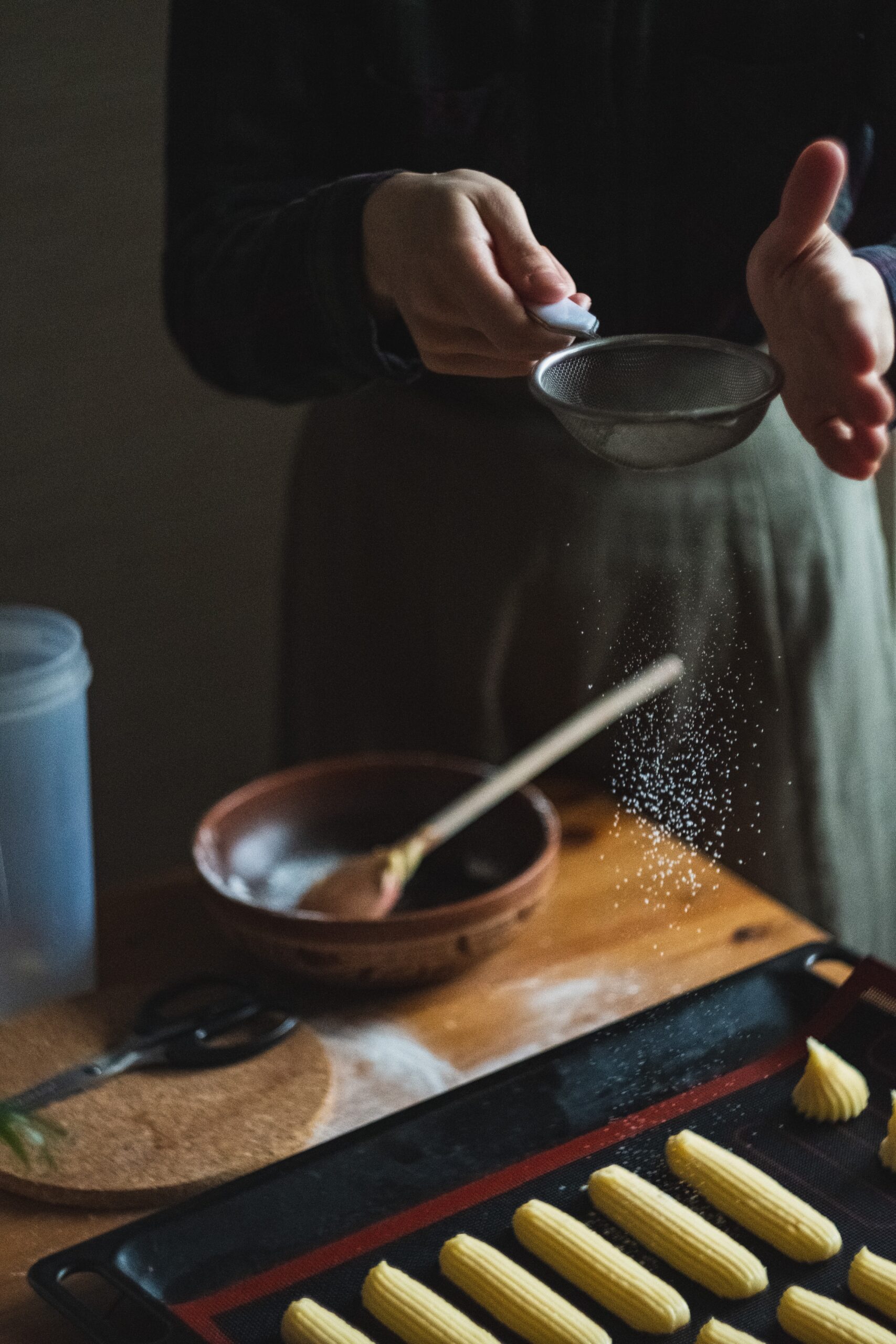
Here are the ingredients you need for my choux pastry:
Water – 500g (2 cups)
Sugar (optional) – 10g (2 tsp)
Salt – 5g (1 tsp)
Butter – 200g (1 cup)
Flour – 300g (2 cups)
Egg – 500g (about 10 eggs)
Pâte à choux process
Heat the water, sugar, salt, and butter gently, until the butter is completely melted. Then bring everything to a boil.
Remove from the heat and add the flour, then return to low heat and mix gently for two minutes to dry out your dough (which is called a paste).
Then, mix the eggs one by one (by hand with a wooden spoon or with a mixer). The important thing is to stop mixing once your dough arrives at the right texture. The ideal texture is a fairly flexible dough that isn’t liquidy.
Here are two tried-and-true techniques for testing your dough to make sure it’s the right texture:
- Bird’s beak: Place a little bit of the choux pastry on the tip of a finger. The stick of dough should bend without running or touching the bulk of the dough.
- Canyon: make a fairly deep line in your bowl of choux pastry. The canyon must close fairly quickly without completely disappearing.
Then, you can dress the choux pastry in the shapes you want (éclairs, choux, chouquettes, Paris-Brest, etc…)
Brown your preparations with gilding (beaten whole eggs) and line them with a fork.
For cooking, you will have to adapt to your oven, but a good baseline (the one I use with my oven) is to bake at 350 ° F. The duration will also depend on the size of your products. It takes about 20 minutes for small puffs (chouquettes, profiterole …) and up to 45 minutes for larger pieces such as eclairs or religieuses.
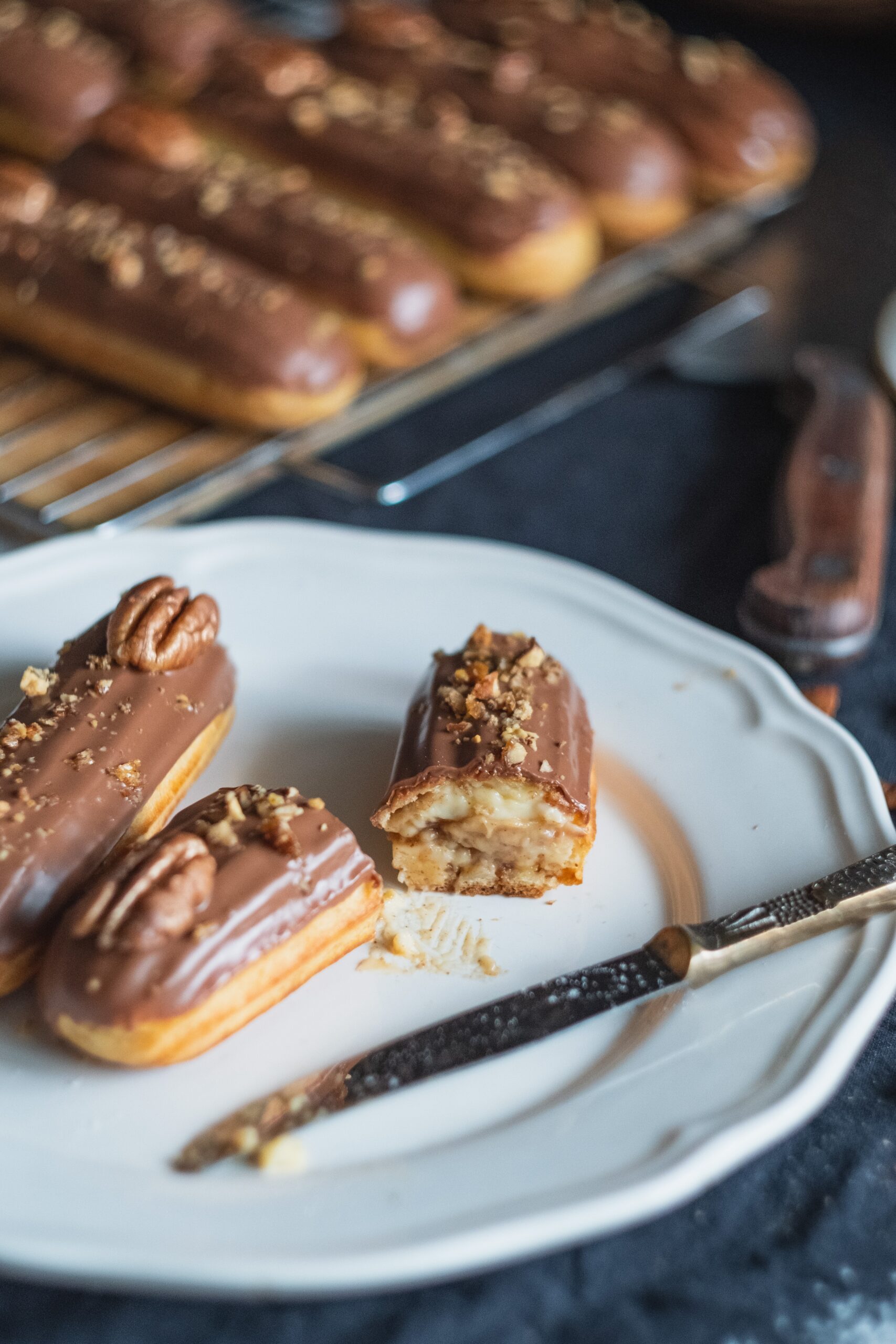
For those who want to go even further, here are a few technical explanations:
The most important point is to find the right consistency. In fact, all the preceding steps are used mainly to arrive at a dough which is flexible enough to be able to develop during cooking.
Drying the paste on a fire serves to evaporate as much water as possible so that you can add as many eggs as possible afterward (while respecting the right texture).
It is the incorporation of eggs into the desiccated dough that makes it develop in the oven.
Another very important point for cooking is to avoid exposing your dough to a breeze or draft as much as possible. Do not open the oven door before the dough is sufficiently cooked (otherwise it will fall). Keep the dough consistently exposed to the oven’s hot air.
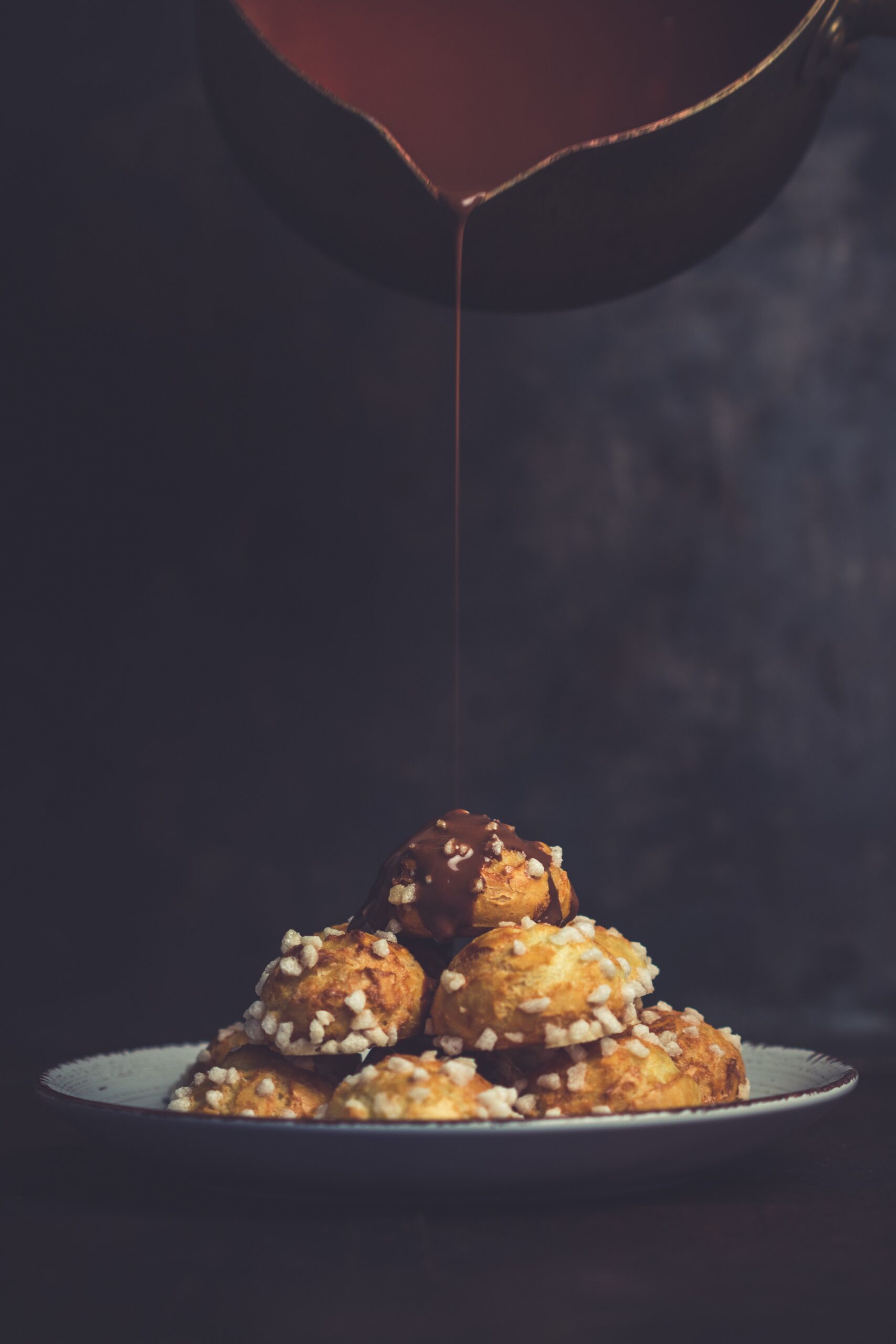
Here are the most common forms that the pâte à choux can take (trust me – they’re all delicious!):
Éclair: Layer straight lines about 1 inch wide by 6 inches long
Chouquettes: Make small cabbages, about 1 or 1.5 inches in diameter, and add granulated sugar over them before cooking.
Religieuses: Make half into small cabbages the same size as the chouquettes, and the other half into larger cabbages 2.5 inches in diameter.
Paris-Brest: Draw circles 3 inches in diameter and 1 inch in width. Put slivered almonds on them.
Now we also make them in different shapes: three little cabbages stuck together, éclairs…
Gougère: These take the same shape as the chouquettes, but with cheese on top (you can also put the cheese in the choux pastry with a little nutmeg).
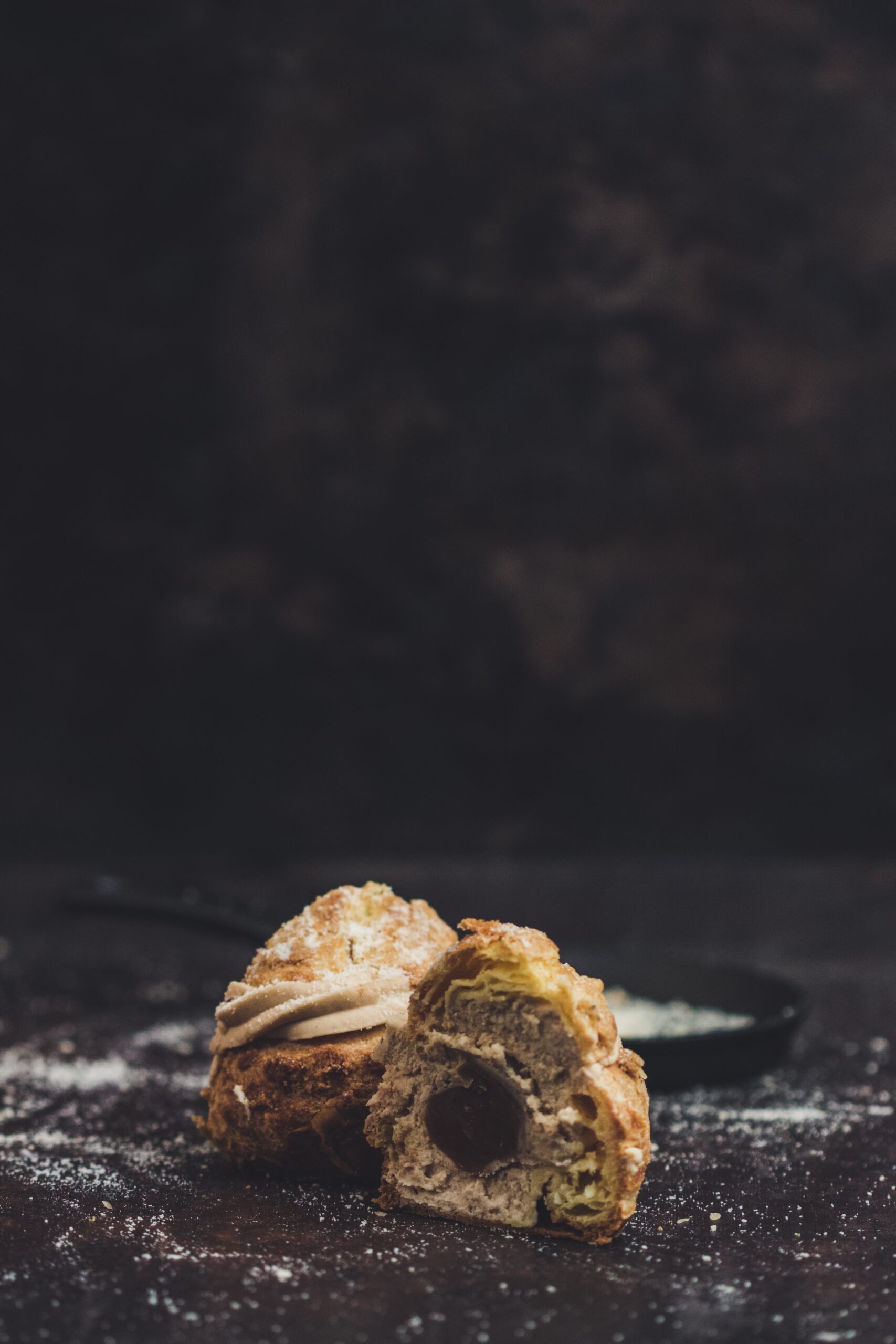
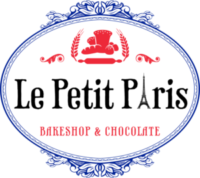
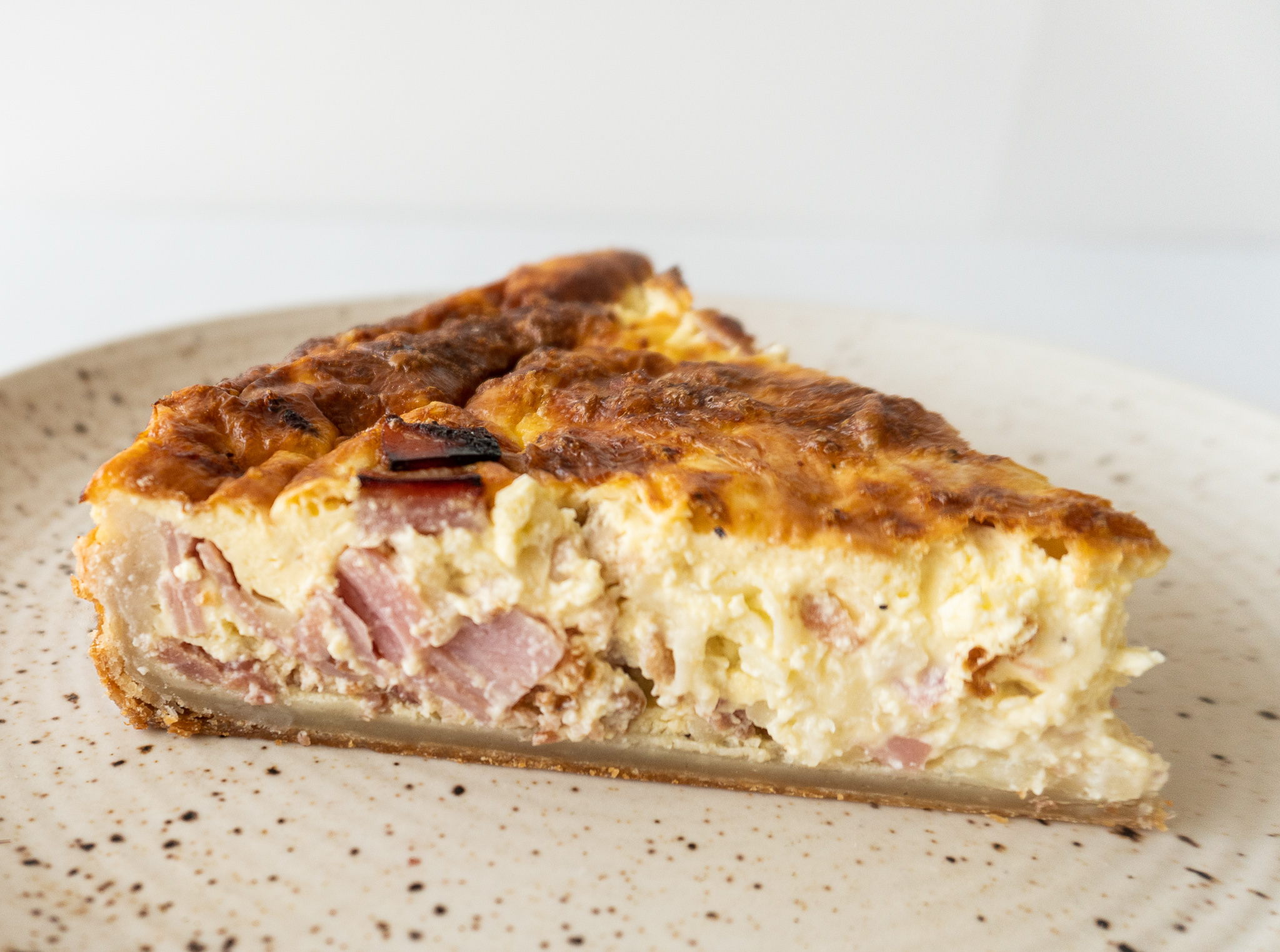
[…] with a choux pastry (you can see the choux pastry recipe here) base, such as éclairs or […]
[…] Choux pastry (You can also get the Choux Pastry recipe here) […]
[…] You will find the Pâte à choux recipe here […]